导读:Kaushal Kumar Bhagat是北京师范大学智慧学习研究院博士后,台湾师范大学博士,研究方向为在线学习、增强现实、虚拟现实、数学教育、翻转课堂等。2017年至今,KK共发表了5篇SSCI论文,并参与了多部英文著作的撰写工作。他在选题、研究、论文写作和投稿方面积累了较为丰富的经验,摸索出一套行之有效的方法。今天,CITlab(搜索CITlab,关注微信公众号)为您带来博士后Kaushal Kumar Bhagat关于如何发SSCI论文的经验分享,希望对大家有所帮助。

Kaushal Kumar Bhagat 北京师范大学智慧学习研究院博士后,台湾师范大学博士
Kaushal Kumar Bhagat‘s research area of interest includes online learning, augmented reality, virtual reality, mathematics education, flipped classroom, formative assessment and technology-enhanced learning.
“I joined Smart Learning Institute (SLI) on 15th,September 2016. It has been almost one year of my job in SLI, but I still feel very fresh here. The working environment is great and people are kind and copperative. There are lots of opportunities for the young researchers to meet great distinguished researchers like Prof. Mike Spector, Prof. Kinshuk and many more. You are always being motivated to acheive higher targets and accomplish quality research. It is a good and adventurous learning experince for me to be a part of SLI. ”
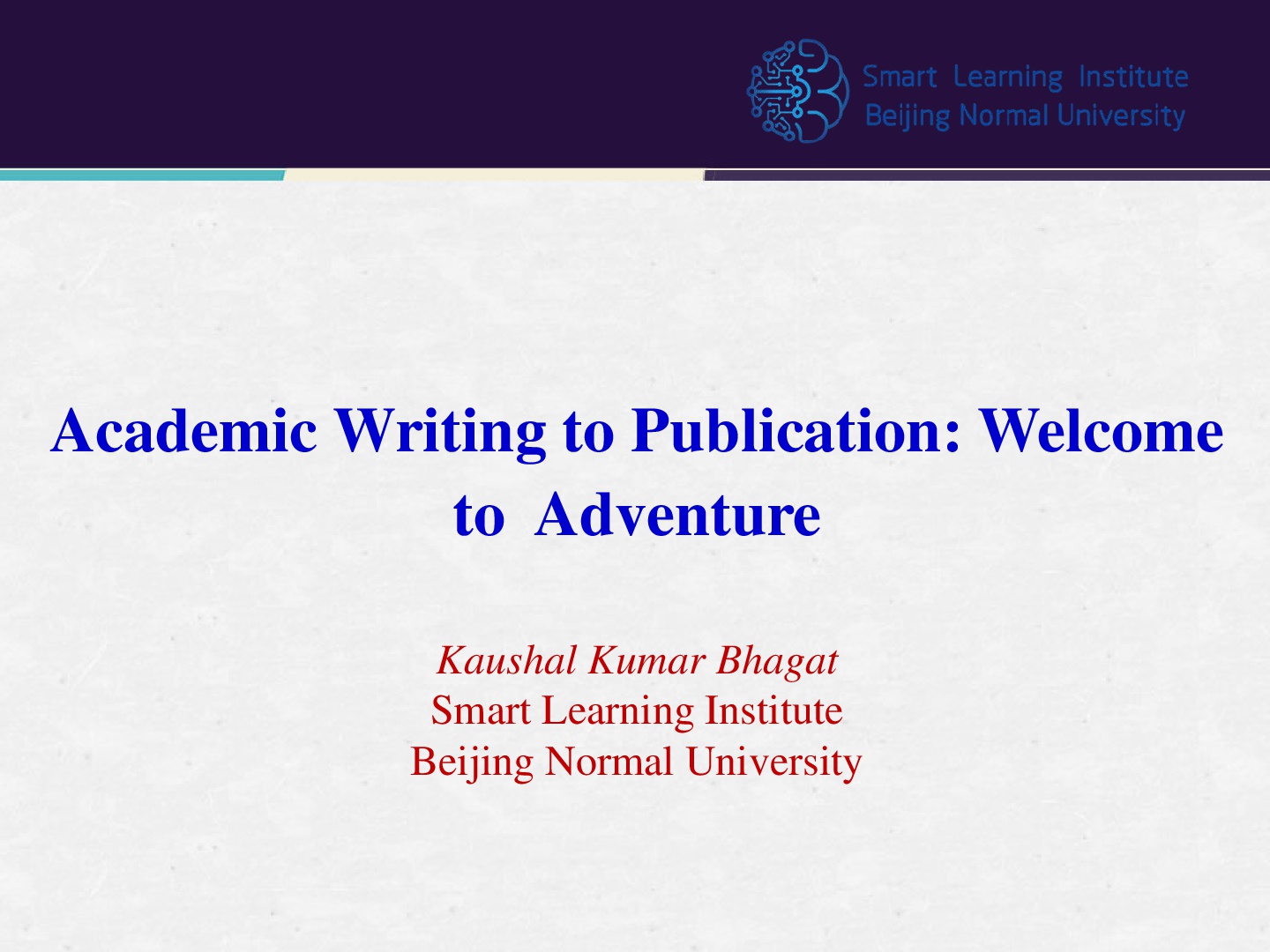


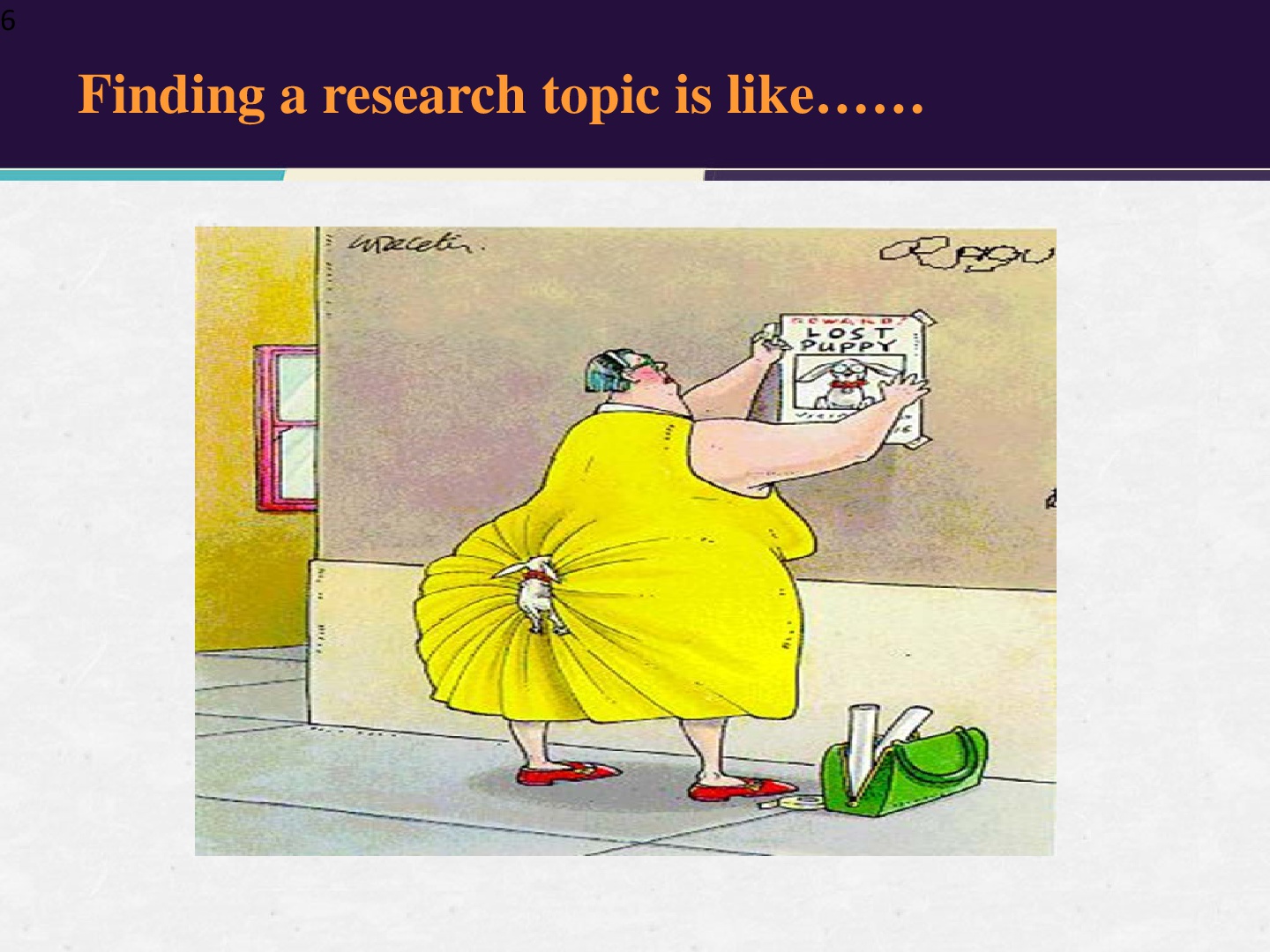

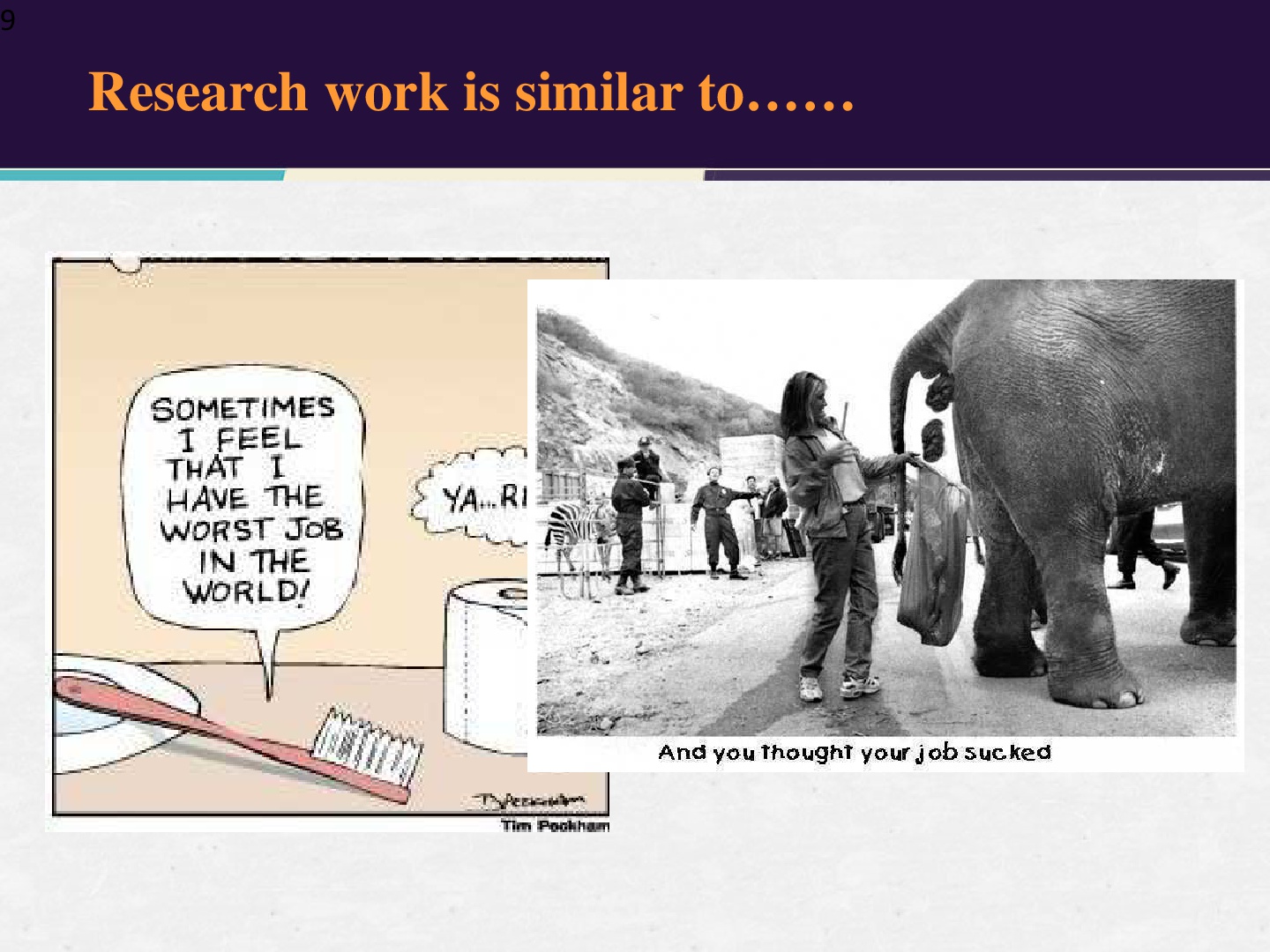

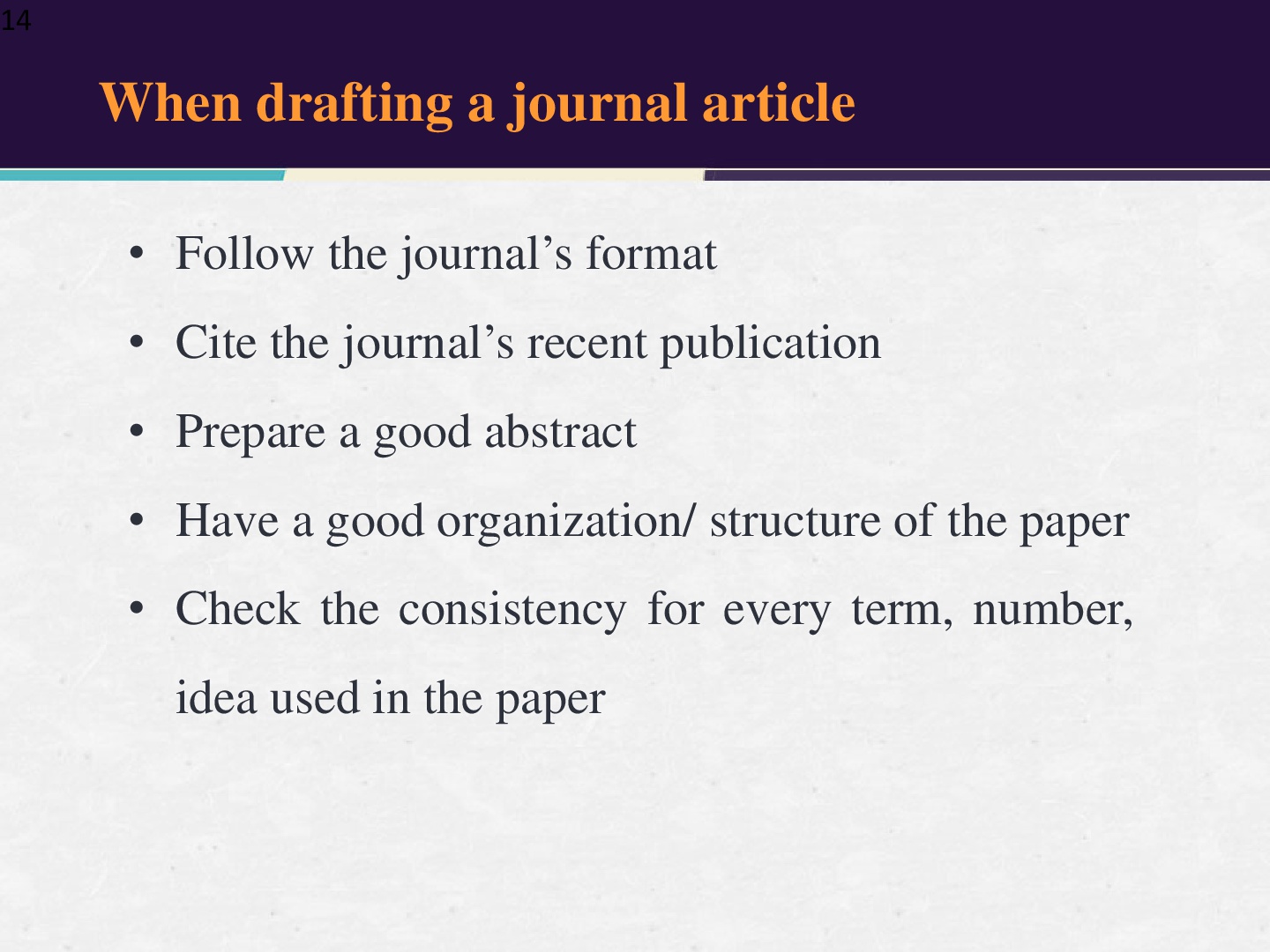
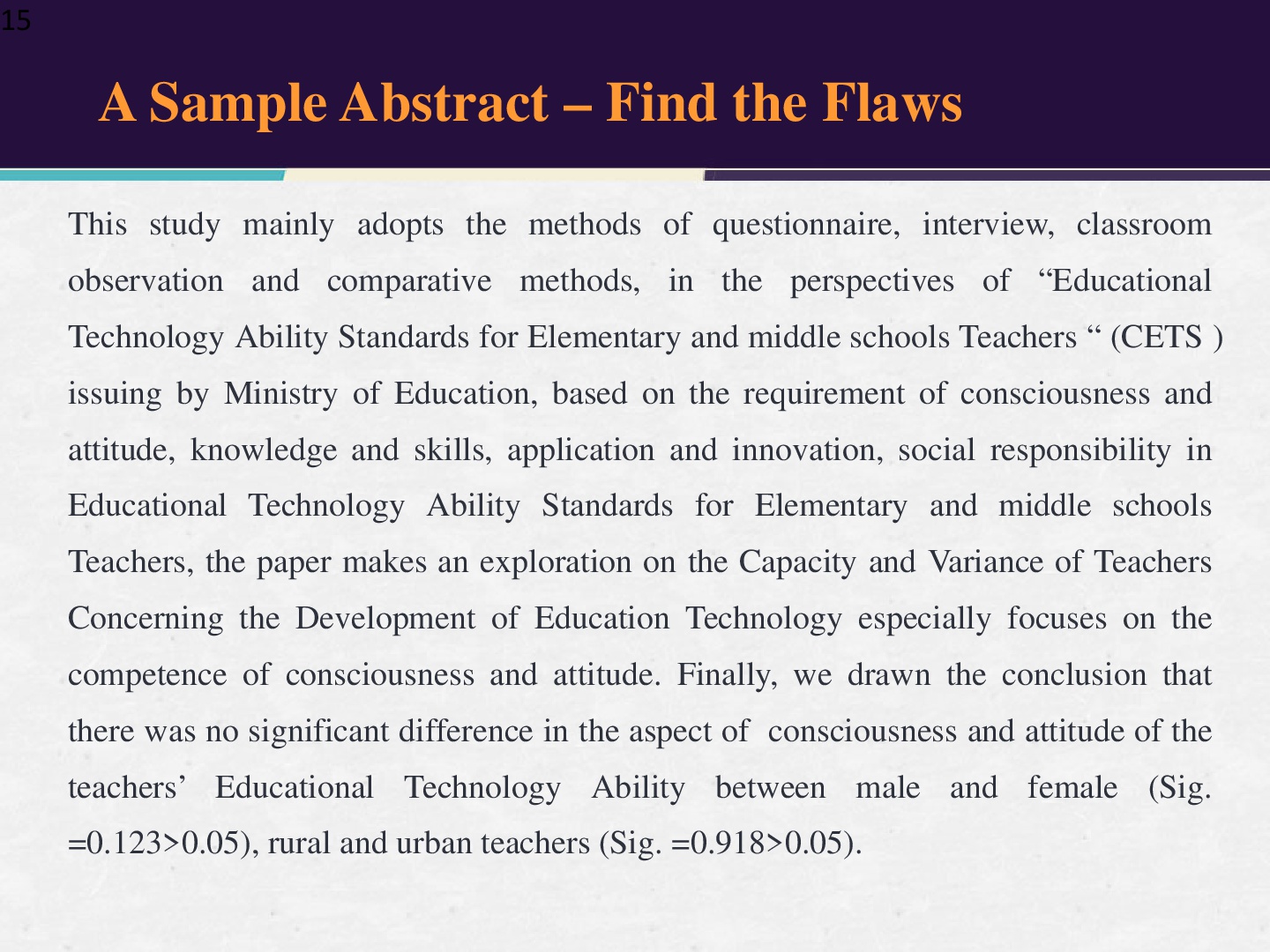

(点击文末附件下载 获取PPT完整版和论文PDF合集)
To use augmented reality or not in formative assessment: a comparative study
Abstract: Augmented reality (AR) is growing in popularity in teaching and learning due in part to powerful new technologies. What has yet to be well established is when and with which learners and learning tasks AR is an effective approach. Therefore, the aim of this study was to examine the effectiveness of using AR-based formative assessment for improving elementary students’ learning achievement and motivation in a unit of instruction involving butterflies. A total of 70 students of Grade 4 were selected from an elementary school in Taiwan. The experimental group (35) underwent an AR-based intervention that involved formative assessment using iPads whereas the control group (35) followed the traditional teaching method and formative assessment. One-way Analysis of Co-variance (ANCOVA) and multivariate analysis of variance (MANOVA) were employed to analyze the data obtained. The results indicated that using the AR-based formative assessment improved not only students’ learning performance but also learning motivation effectively compared with a traditional formative assessment approach. Therefore, it is recommended to conduct further studies and to consider integrating AR in formative assessments and feedback to improve learning.
Keywords: Augmented reality (AR); elementary school; formative assessment; information and communication technology (ICT)
Authors: KaushalKumar Bhagat, Smart Learning Institute, Beijing Normal University, Beijing,People’s Republic of China; Wei-Kai Liou, Department of InteractiveEntertainment Design, China University of Technology, Taipei ; J. MichaelSpector, Department of Learning Technologies, University of North Texas,Denton, TX, USA; Chun-Yen Chang, Graduate Institute of Science Education,Taiwan Normal University, Taipei.
(These authors contributed equally to this work.)
Source:Interactive Learning Environments,Published online: 26 Jun 2018
https://doi.org/10.1080/10494820.2018.1489857
The Design and Development of Identification of
Students' Misconceptionsin Individualized Learning Environment (iSMILE) System
Source: Educationaltechnology research and development. 66(2), 545-561
Formative Assessment inComplex Problem-Solving Domains:The Emerging Role ofAssessment Technologies
Abstract: Much of the focus on learning technologies has been on structuring innovative learning experiences and on managing distance and hybrid learning environments. This article focuses on the use of technology as an important formative assessment and feedback tool. The rationale for this focus is based on prior research findings that suggest that timely and informative feedback promotes learning. The general purpose of this article is to promote a focus on formative assessment, especially with challenging problems so as to help develop critical thinking skills. This is not a meta-analysis although we encourage such studies so as to emphasis the role that formative assessment plays in supporting learning. Much of the prior research on formative assessment has not involved advanced digital technologies and very little of that research has focused on complex and challenging problem-solving tasks. We review prior work on the use of problem conceptualizations elicited during problem solving activities and on stealth assessments of learner choices and decisions in online activities. We present a conceptual framework based on prior research and theory for conducting formative assessments in real-time with regard to complex problem-solving tasks. We then present an elaboration of how formative assessment can be used to support learning a common intellectual skill involving a discrimination task and to develop an appropriate cognitive strategy for that kind of problem. We conclude with recommendations for further research on the use of technology in support of formative assessment.
Keywords: Cognitive strategies; Complex learning; Dynamic feedback; Formative assessment; Intellectual skills; Selfregulation
Authors:Kaushal Kumar Bhagat, Smart Learning Institute, Beijing Normal University, China; J. Michael Spector, Department of Learning Technologies, University of North Texas, USA
Source:EducationalTechnology & Society, 20(4), 312-317
Investigating theinterrelationships among conceptions of, approaches to, and self-efficacy inlearning science
Abstract: The purpose of this study was to examine the relations between primary school students’ conceptions of, approaches to, and selfefficacy in learning science in Mainland China. A total of 1049 primary school students from Mainland China participated in this study. Three instruments were adapted to measure students’ conceptions of learning science, approaches to learning science, and self-efficacy. The exploratory factor analysis and confirmatory factor analysis were adopted to validate three instruments. The path analysis was employed to understand the relationships between conceptions of learning science, approaches to learning science, and self-efficacy. The findings indicated that students’ lower level conceptions of learning science positively influenced their surface approaches in learning science. Higher level conceptions of learning science had a positive influence on deep approaches and a negative influence on surface approaches to learning science. Furthermore, self-efficacy was also a hierarchical construct and can be divided into the lower level and higher level. Only students’ deep approaches to learning science had a positive influence on their lower and higher level of self-efficacy in learning science. The results were discussed in the context of the implications for teachers and future studies.
Keywords: Conception of learning; approaches to learning; selfefficacy; science education
Source:International Journalof Science Education, 40(2), 139-158
A Cross-cultural Comparison on Students’ Perceptions towards Online Learning
Abstract : The aim of this study was to explore cross-country (Taiwan versus India) differences in students’ perceptions of online leaning by gender. The self-reported instrument, POSTOL (Perception of Students towards Online Learning), was conducted to the students from Taiwan and India. Of the total 441 respondents, there were 233 students from India and 208 from Taiwan. A 2x2 between-subjects multivariate analysis of variance was employed on the four dimensions of the POSTOL scale. This scale consists of four dimensions: instructor characteristics, social presence, instructional design, and trust. Results showed that there were significant differences, between India and Taiwan, in the perception of students towards online learning. However, there was no significant interaction effect of country by gender. Findings indicated that culture did influence students’ perceptions towards online learning. There is a need to raise awareness about factors that may affect online learning experience and to provide guidance and for practice and future work.
Keywords: cross-country, gender, online learning, perception
The Design, Implementation, and Evaluation of a Digital InteractiveGlobe System Integrated into an Earth Science Course
Abstract :The aim of this study is to design and implement a digital interactive globe system (DIGS), by integrating low-cost equipment to make DIGS cost-effective. DIGS includes a data processing unit, a wireless control unit, an image-capturing unit, a laser emission unit, and a three-dimensional hemispheric body-imaging screen. A quasi-experimental study was conducted to evaluate the learning effectiveness of our system. A total of 105 junior high-school students from Taiwan participated in this 8-week experiment. The students were divided into three individual groups of 35 students each, with one control group and two experimental groups (EG1 and EG2). The results of one-way mixed design ANOVA indicated that participants in the experimental group, who used the DIGS, outperformed the other two groups, in the post-test as well as in the delayed test. These findings demonstrate that the proposed DIGS can effectively enhance the performance of the learners in an Earth Science course.
Keywords: Digital Earth; Earth Science; Interactive learning environment; Learning outcomes
Authors:Wei-Kai Liou,Department of Interactive Entertainment Design, China University of Technology, Taipei; Kaushal Kumar Bhagat, Smart Learning Institute of Beijing Normal University, Beijing, China; Chun-Yen Chang,Science Education Center, Taiwan Normal University,Department of Earth Sciences, Taiwan Normal University, Taipei
(Wei-Kai Liou and Kaushal Kumar Bhagat have contributed equally to this work.)
Source: Educational technology research and development. 66(2), 545-561.


